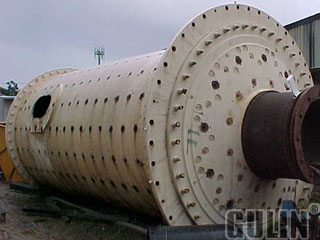
Aggregate Ball Mill
Gulin® is a leading aggregate processing unit manufacturer in China and supplies all types of aggregate crushers and aggregate grinding mills, Our aggregate ball mill is similar to a rod mill but it uses steel balls instead of rods to supply the impact necessary to grind the stone for aggregate. Ball mills will produce fine material with smaller grain sizes than those produced by a rod mill.
Aggregate application
Aggregate is the component of a composite material that resists compressive stress and provides bulk to the composite material. For efficient filling, aggregate should be much smaller than the finished item, but have a wide variety of sizes. For example, the particles of stone used to make concrete typically include both sand and gravel.
Aggregate Rod mill
A rod mill is a circular steel shell that is lined on the inside with a hard wearing surface. Rod mill is equipped with a suitable support or trunnion arrangement at each end and a driving gear at one end. It is operated with its axis in a horizontal position. The rod mill is charged with steel rods, whose lengths are slightly less than the length of the mill.
Aggregate Processing Plant
Crushed stone, which is fed through the trunnion at one end of the mill, flows to the discharge at the other end. As the mill rotates slowly, the stone is constantly subjected to the impact of the tumbling rods, which produce the desired grinding and making up aggregates. A mill may be operated wet or dry milling Process, with or without water added.
To processing fine aggregate, such as sand, from stone that has been crushed to suitable sizes by other crushing equipments, except crushers for aggregate process, ball mills and rod mills are frequently used.
It is not uncommon for concrete specifications to require the use of a homogeneous aggregate regardless of size. If crushed stone is used for coarse aggregate, sand manufactured from the same stone can satisfy the specifications.

